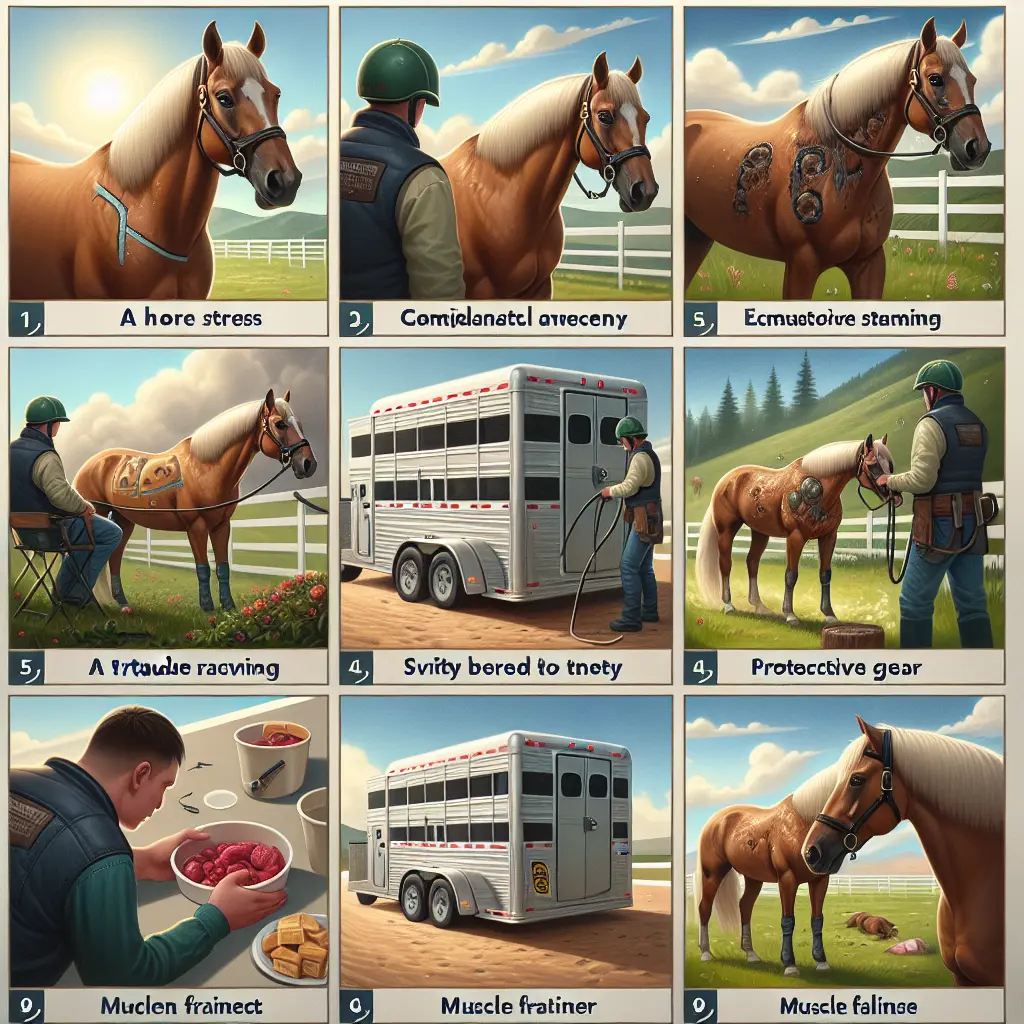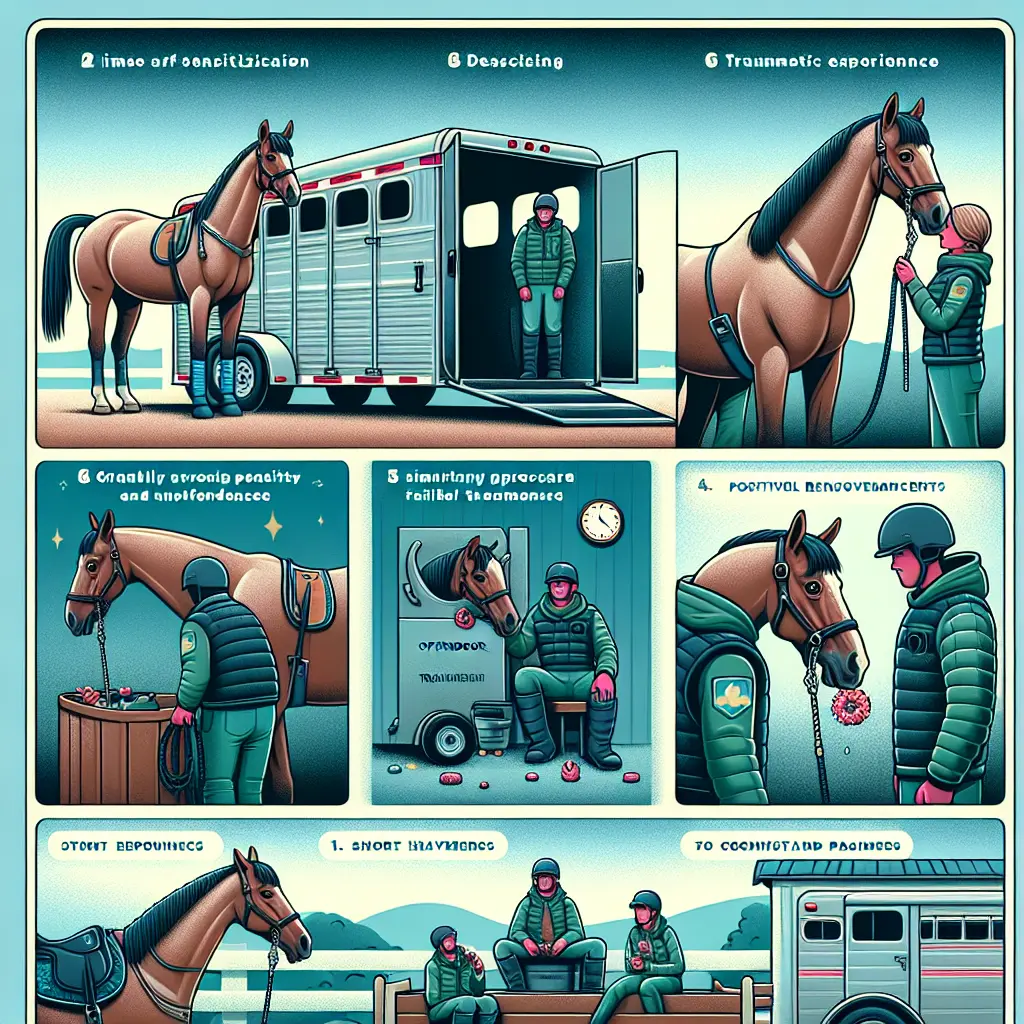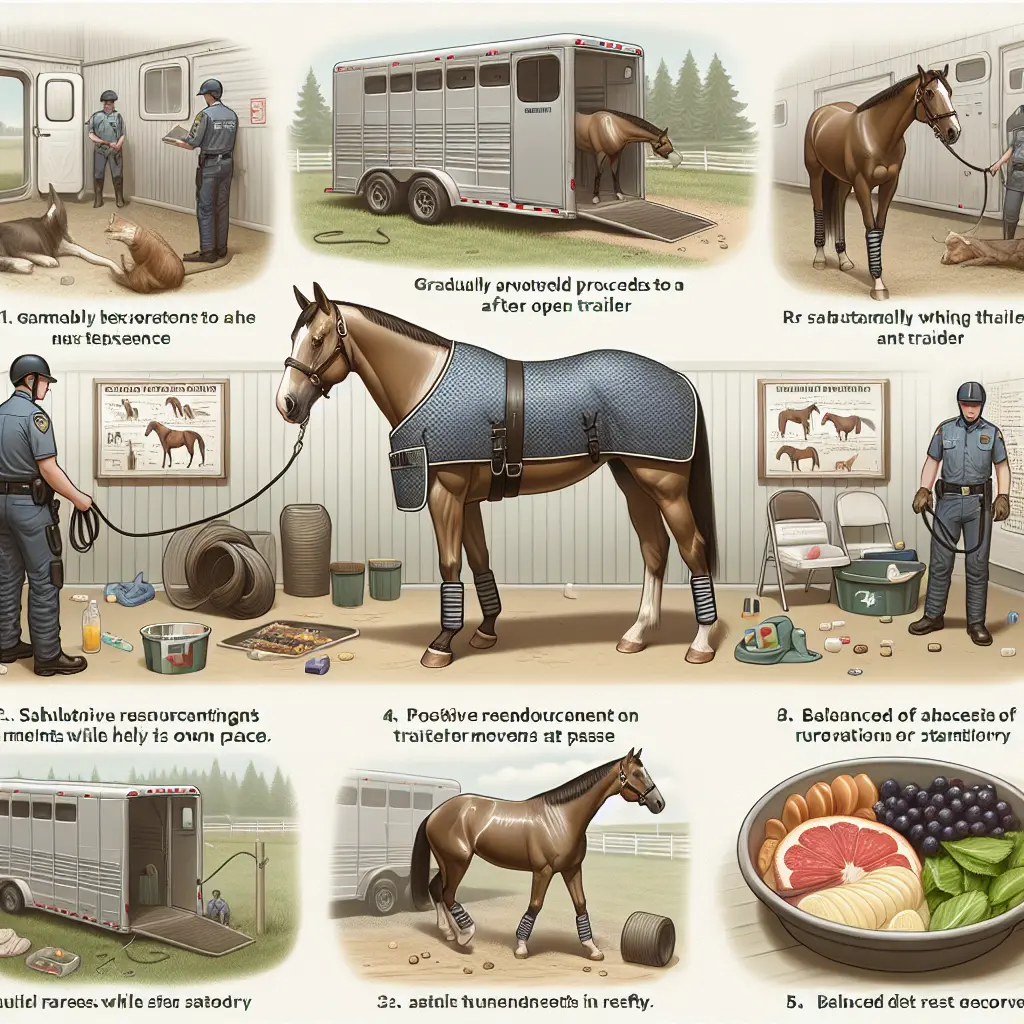How to Help Your Horse Relearn Balance After a Traumatic Trailer Experience
Ensuring your horse is comfortable and safe during transportation is crucial, especially after experiencing a traumatic event in a trailer. This article will delve into how to help your horse relearn balance and regain confidence after such an incident.
Understanding Horses and Trauma
Horses are highly sensitive creatures, capable of forming strong memories linked to traumatic events. An unsettling experience in a trailer can cause fear and stress, creating challenges in future transportation [source]. Overcoming this requires patience and understanding, using tactics to form new, positive neural connections.

Initial Steps to Recovery
Calm Environment
Your horse senses human emotions intensely. It's vital to maintain a calm and trusting atmosphere when interacting with your horse [source]. This helps in preventing anxiety and stress.
Assessment and Preparation
Evaluate your horse's current emotional and physical state. Seeking advice from a professional equine trainer or behaviorist may be beneficial. This ensures a strategic approach to re-exposure to trailers.

Gradual Exposure to Trailers
Desensitization and Positive Reinforcement
Expose your horse to the trailer slowly, ensuring positive reinforcement is a key element. Use treats and praise to reward calm behavior, promoting positive associations [source].
Step-by-Step Approach
- Introduction: Allow your horse to explore the trailer at its own pace without entering.
- Loading Progression: Encourage gradual entry into the trailer, starting with the door open.
- Loading and Unloading: Practice these movements methodically, rewarding calm behavior.
Handling and Safety
Always use protective gear like hard hats and gloves when working near the trailer. Long lines are recommended to maintain safety during this desensitization period.

Rebuilding Balance and Confidence
Simulate Trailer Movements
Before moving, help your horse acclimate to trailer motions by mimicking them without actually driving. This could be a gentle sway while stationary.
Start with Short Journeys
Begin with minimal movements, like a few meters’ travel, and gradually increase distance as confidence builds [source].

Muscle Fatigue Considerations
Moving within a trailer requires your horse to balance and absorb vibrations, sometimes leading to muscle fatigue. Ensure they have sufficient recovery time and a balanced diet to support muscle health.
Consistency and Patience
Recovery from trauma is a slow process, demanding numerous positive experiences to outweigh fear-inducing ones. Patience and consistent efforts are crucial.
The Long Haul
Remember that every horse is unique. Tailor your process to suit individual needs, respecting their comfort and readiness to proceed. Trust the process, and slowly but steadily, your horse will regain its confidence and composure.
Conclusion
In summary, helping your horse relearn balance post-trailer trauma involves a multi-step, empathetic approach. By creating a calm environment, practicing gradual exposure, and rebuilding their confidence with patience, you’ll set the stage for successful and stress-free future travels [source]. For more information on equestrian care after such incidents, feel free to explore our Just Horse Riders website.


